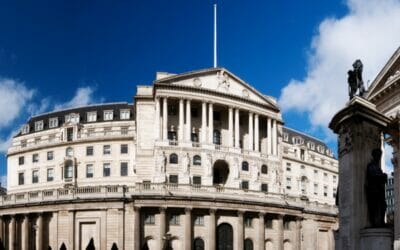Written by Rufaro Chiriseri, Head of Fixed Income for the British Isles at RBC Wealth Management
Data in the UK this week are at odds with each other, as inflation is showing signs that a corner has been turned while unemployment data are a little mixed.
The UK labour market remains tight, as the three-month unemployment rate through November was unchanged at 3.7% and there was an upside surprise to total pay growth, which accelerated to 6.4% from 6.1% in October. The tight labour market is showing signs of cooling as the number of vacancies has dropped and forward-looking surveys of earnings also show signs of easing. The combination of these factors should reduce wage pressure in the future; however, the Bank of England (BoE) might still be uncomfortable with the stickiness of wage growth as this increases the risk of a wage-price spiral that stokes inflation.
The inflation data are more positive, with a consecutive fall in the Consumer Prices Index (CPI), and there are signs of gas price pressures abating which would likely further reduce inflation. CPI inflation decelerated to 10.5% y/y in December from 10.7% y/y in November, in line with consensus expectations. The main downward contributor was the drop in fuel prices, but this was offset by services inflation, with airfares rising 44.1% y/y—the largest jump in the history of the Office for National Statistics data series.
The case for a slowdown in the pace of hikes is waning due to the risk of an upward surprise from the tight labour market adding to inflation pressures, albeit there are now signs of easing in the labour market. At the February BoE meeting, if the committee places more weight on sticky pay growth, it presents a risk to our view that rates will peak at 4% this year. Furthermore, BoE Governor Andrew Bailey recently suggested market interest rate expectations of 4.5% are now more closely aligned to the central bank’s view on the terminal policy rate. In light of the data and recent Monetary Policy Committee member comments, we think there is room for the central bank to raise rates to 4.25%.
















